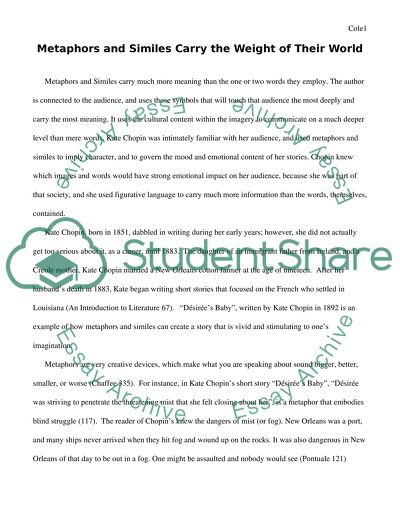Cite this document
(“Aesthetic Analysis of English Metaphors Research Paper”, n.d.)
Retrieved from https://studentshare.org/literature/1581436-aesthetic-analysis-of-english-metaphors
Retrieved from https://studentshare.org/literature/1581436-aesthetic-analysis-of-english-metaphors
(Aesthetic Analysis of English Metaphors Research Paper)
https://studentshare.org/literature/1581436-aesthetic-analysis-of-english-metaphors.
https://studentshare.org/literature/1581436-aesthetic-analysis-of-english-metaphors.
“Aesthetic Analysis of English Metaphors Research Paper”, n.d. https://studentshare.org/literature/1581436-aesthetic-analysis-of-english-metaphors.


